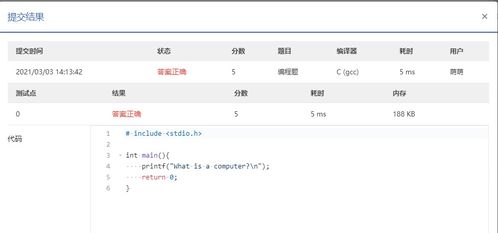
What is a .json File?
A .json file, short for JavaScript Object Notation, is a lightweight data-interchange format that is easy for humans to read and write and easy for machines to parse and generate. It is often used to store and transmit data in a structured and efficient manner. In this article, we will delve into the details of what a .json file is, how it works, and its various applications.
Understanding the Basics of .json Files

At its core, a .json file is a text file that contains data written in JSON format. JSON is a subset of the JavaScript programming language and is designed to be easily readable by both humans and machines. It is often used to store and exchange data between a server and a client, such as a web application or a mobile app.
JSON files are structured in a hierarchical manner, with data organized into key-value pairs. Each key is a string that identifies the value it is associated with. The values can be strings, numbers, objects, arrays, or booleans. This structure makes it easy to navigate and manipulate the data within a .json file.
Here is an example of a simple .json file:
{ "name": "John Doe", "age": 30, "address": { "street": "123 Main St", "city": "Anytown", "state": "CA", "zip": "12345" }, "phone": "555-1234"}
How .json Files Work

When you open a .json file, you will see a plain text file with a specific structure. The data is organized into a series of key-value pairs, with keys and values separated by colons and enclosed in curly braces. Arrays are represented by square brackets and can contain multiple values, including nested objects.
Here is a breakdown of the components of a .json file:
- Keys: Keys are strings that identify the value they are associated with. They must be enclosed in double quotes.
- Values: Values can be strings, numbers, objects, arrays, or booleans. Strings must be enclosed in double quotes.
- Objects: Objects are collections of key-value pairs, enclosed in curly braces.
- Arrays: Arrays are ordered collections of values, enclosed in square brackets.
Here is a table that summarizes the components of a .json file:
| Component | Description |
|---|---|
| Keys | Identify the value they are associated with |
| Values | Can be strings, numbers, objects, arrays, or booleans |
| Objects | Collections of key-value pairs |
| Arrays | Ordered collections of values |
Applications of .json Files

.json files are widely used in various applications, including web development, mobile app development, and data storage. Here are some common use cases:
- Web Development: .json files are often used to store and transmit data between a server and a client in web applications. They are particularly useful for APIs (Application Programming Interfaces) that need to exchange data in a structured format.
- Mobile App Development: .json files can be used to store and retrieve data in mobile apps, making it easier to manage and manipulate data on the device.
- Data Storage: .json files can be used to store structured data, such as user information, product details, or configuration settings.
Here is a table that compares the advantages and disadvantages of using .json files in different applications:
| Application | Advantages | Disadvantages |
|---|---|---|
| Web Development | Easy to read and write, easy to parse and generate |





